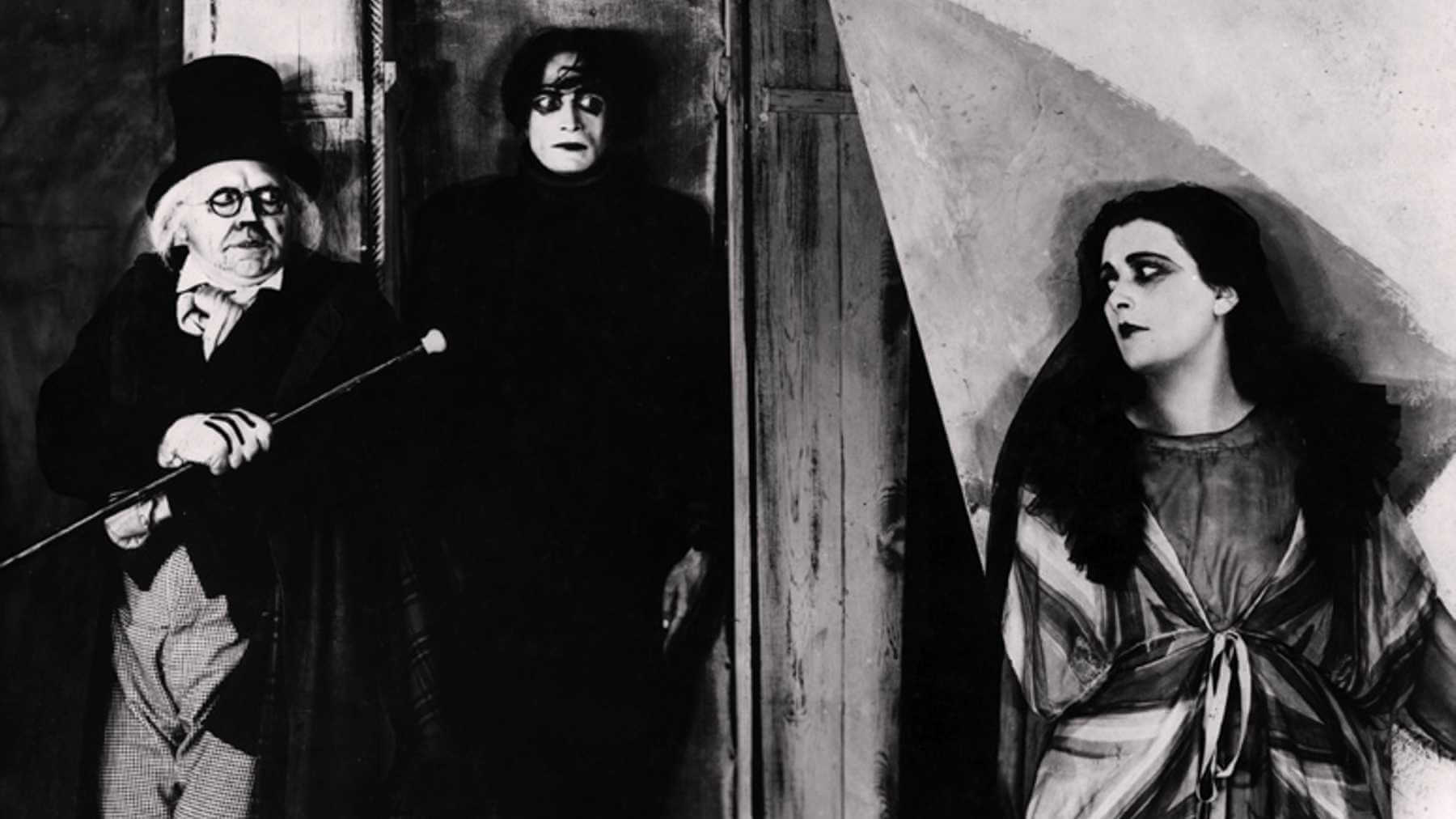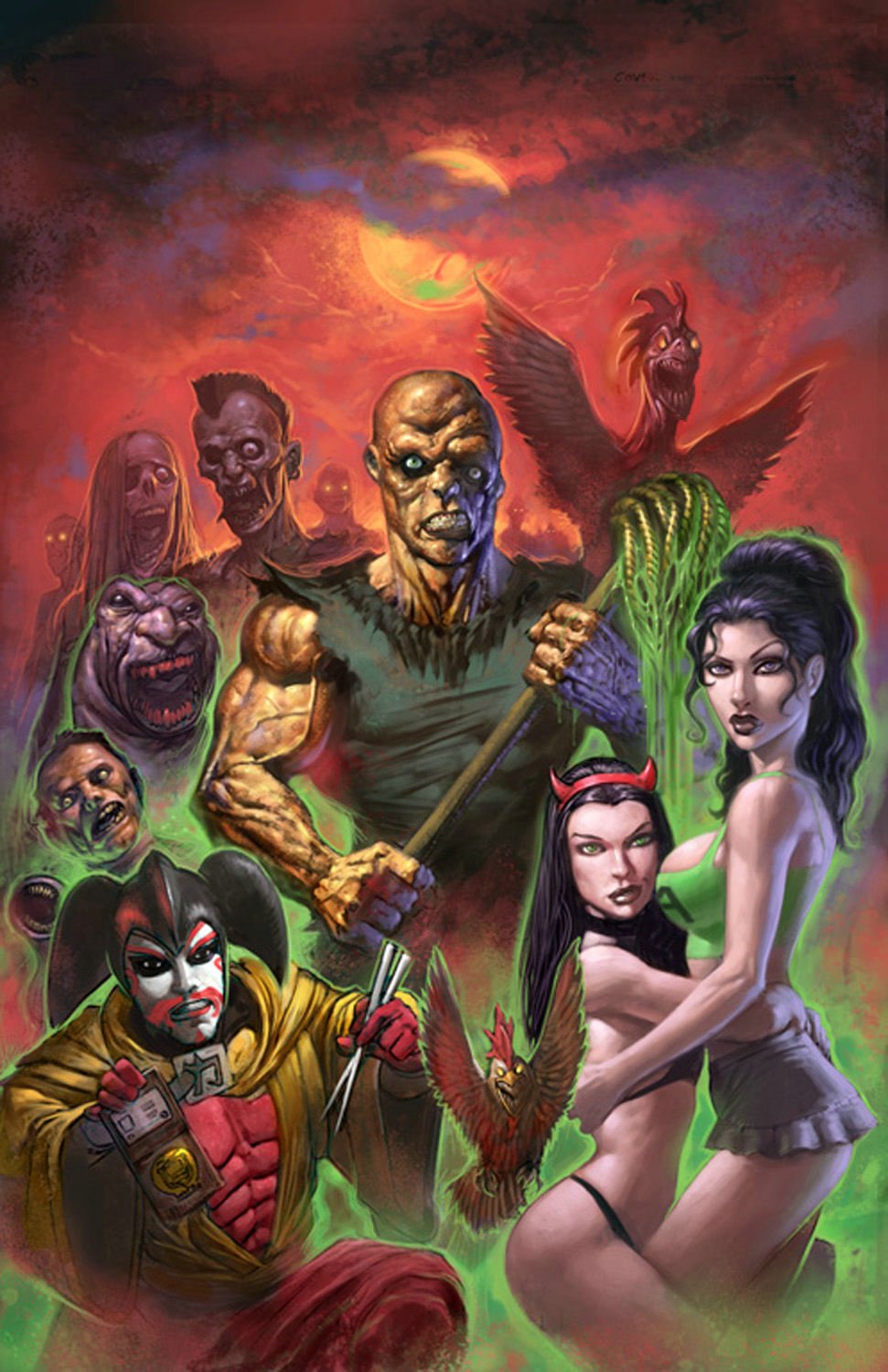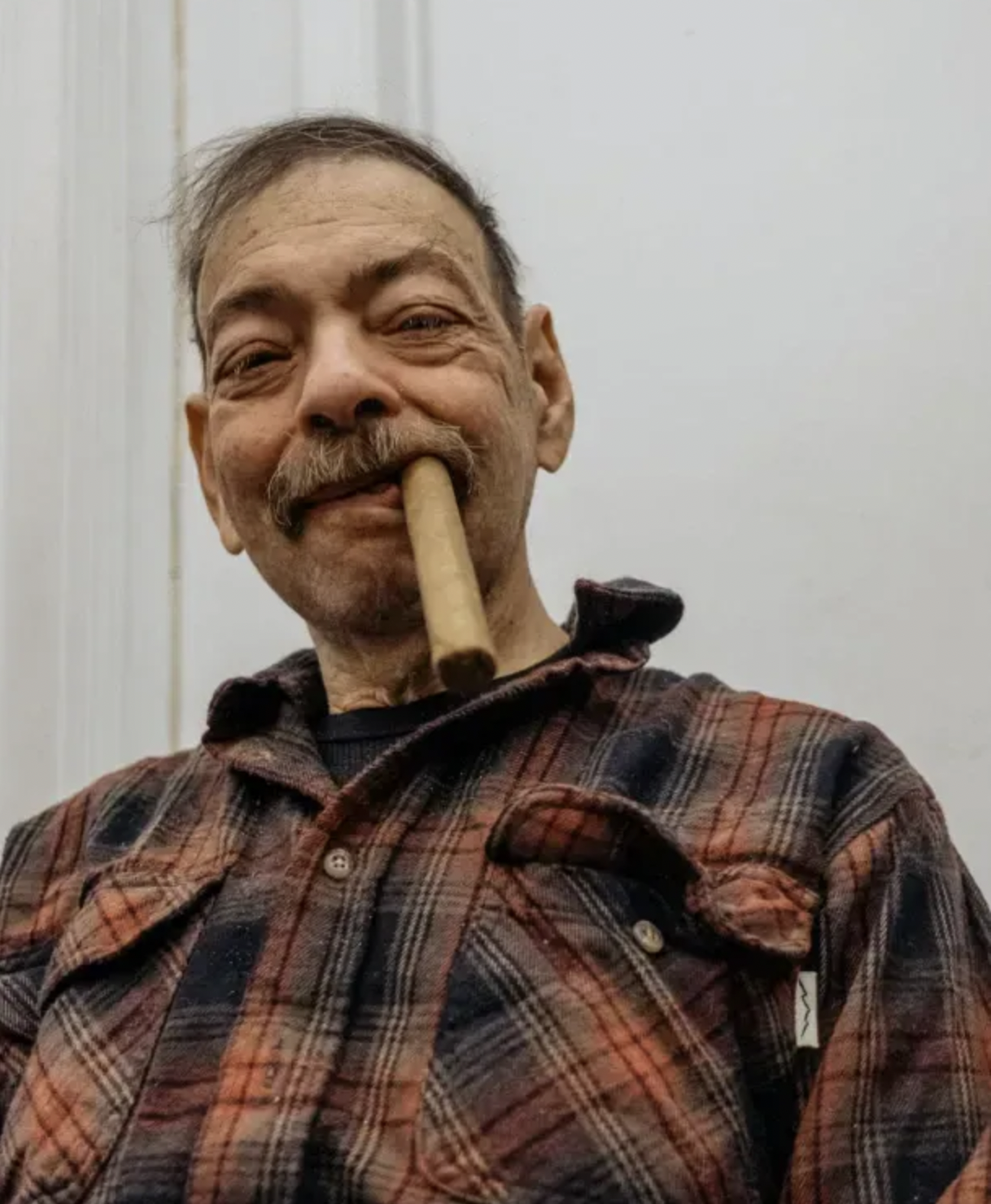
GERMAN EXPRESSIONISM in Horror
German Expressionism was a style of cinema that emphasized expression over realistic depictions of reality. Starting off as a rising movement throughout Europe, German filmmakers and artists developed this unique style inside a cultural bubble that was the result of embargo in place during World War I. Without the influx of an already internationally powerful Hollywood, the German cottage film industry grew quite quickly and creatively. A consortium of German industries came together and convinced the German military of the importance of a German film unit – this would become the Universum-Film Aktiengesellschaft – the UFA. But by the time the company was operational, Germany had lost the war, and the UFA turned it’s goals to producing films for profit.
On the slate in 1919 was a film written by Carl Mayer and Hans Janowitz with Robert Wiene set direct. The result would be a film that would go on to be the Great GrandDaddy of all horror films: The Cabinet of Dr. Caligari.
Nosferatu was an iconic German Expressionist Film
The German film industry did well in the immediate post war era… much better than the rest of the German economy which was mired in runaway inflation due to the War reparations Germany was obligated to pay under the Treaty of Versailles. Fortunately for the film industry, people flocked to the movies because it was the only form of entertainment that people felt they were getting their money’s worth. Berlin became the cultural center of Europe despite the shaky economy.
American film actor whose versatility and moving performances in even the most macabre roles are classics of the silent screen. He is perhaps best known for his performances in The Hunchback of Notre Dame (1923) and The Phantom of the Opera (1925).
The Phantom of the Opera
Today a very famous Broadway Musical, this film is a complete masterpiece! A silent film on a very popular French Novel by Gaston Leroux. A longing Phantom who is Ghastly in Appearance almost skeleton-like has cast himself away in the shadows of the Dungeon. Soon he returns to the light to shock the people, Hollywood took “German Expressionism,” and ran with it to create this exciting film.
The amount of bodies on screen alone is a spectacle. In the opening, when we are learning about The Phantom, we follow a troupe of 15 ballerinas around the screen. They flit and float in astonishment and terror through the catacomb-like sets of the Paris Opera underground. A very striking scene altogether.
Nosferatu
This adaptation of Bram Stoker’s Dracula is a chilling experience. The lack of spoken dialogue just adds to the chilling nature of the film. And even though it was in the afternoon with the lights on when I first watched it, seeing Count Orlok’s shadow creeping up the stairs had chills running down my back. As did the terrible (though really fantastic considering it’s from the 20s) graphics that depicted him slithering out of his casket to enter the Hutters’ house. I think the Nosferatu silhouette gets used way too much when a lot of people won’t understand. The Camerawork is Outstanding and very creative.
My interpretation. Description of scenes that in my opinion have homosexual undertones. At the beginning of the film, after the vampire sucks on the guy’s finger, this came to mind. Spoilers ahead…Nosferatu specifically created the atmosphere so that Hutter and him would feel intimate and alone, with no distractions. The visitor didn’t accept the gesture because he thought things were moving too fast. but Nosfy waited for him. too long. He couldn’t contain himself.
we talk about musicals and silent movie, so original but who’d ever thought that horror musicals and horror comedy could such a delightful thing
ED Wood
To stabilize the currency, the WWI allies offered Germany the Dawes Plan in 1925 which was a system of loans and agreements aimed to try to get the economy back under control. Unfortunately the Dawes plan also curtailed German film exports – the result was many independent studios lost financing and shut down for good. One of my favorite modern day movies, Ed Wood starring Johnny Depp focuses on a Hollywood outcast. Nevertheless, with the help of the formerly famous Bela Lugosi and a devoted cast and crew of show-business misfits. Ed and his friends manage to create an oddly endearing series of extremely low-budget films.
German expression as a whole has been a very pivotal moment in Hollywood cinema, bringing forth new ideas and concepts to play. Directors like Edward Davis Wood Jr. and Vincent Price were American filmmakers, actors, and authors. In the 1950s, Wood directed several low-budget science fiction, crime and horror films, notably Glen or Glenda. Vincent Price American actor who was best known for his brilliant performances in horror films. His villains were debonair yet menacing, played with a silken voice and a self-mocking air that oozed treachery.



